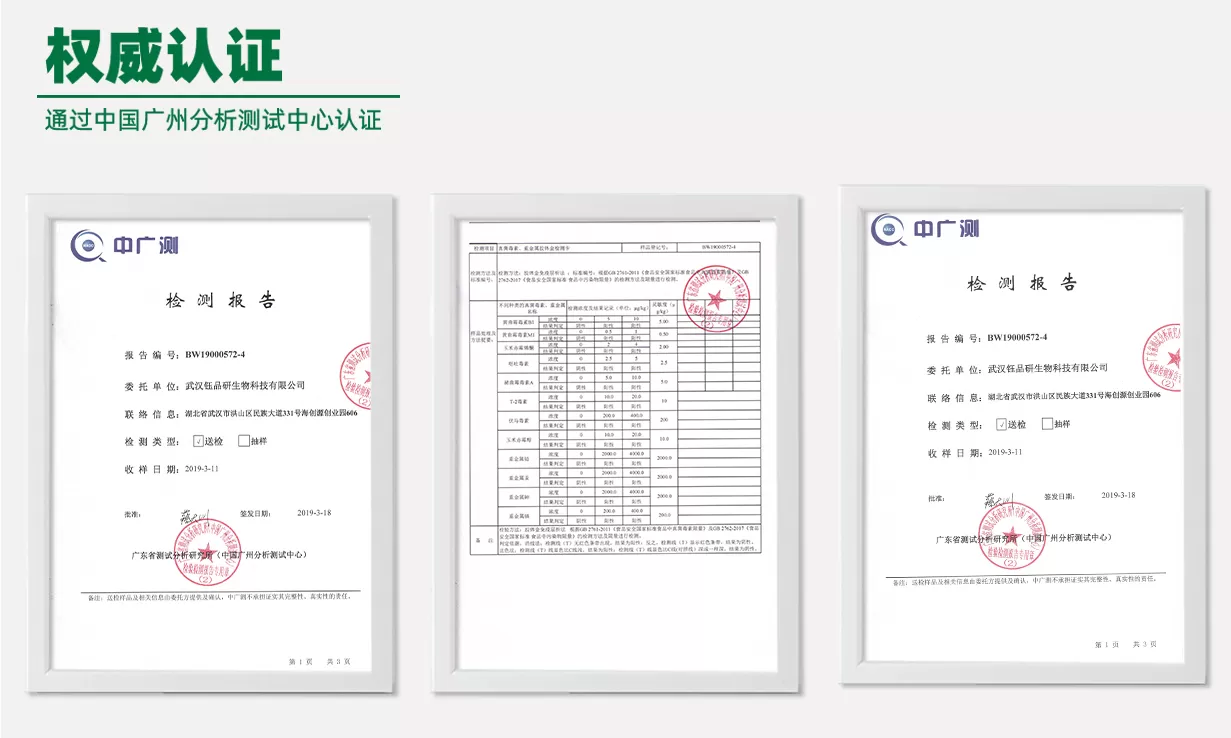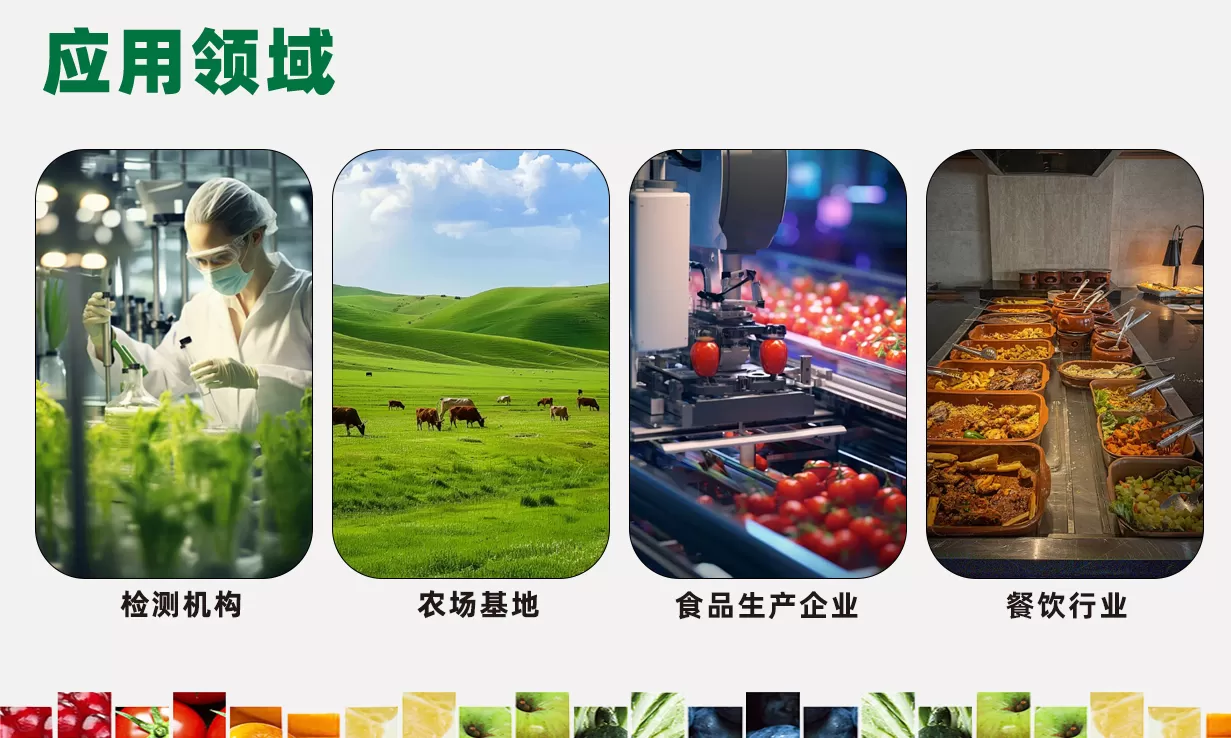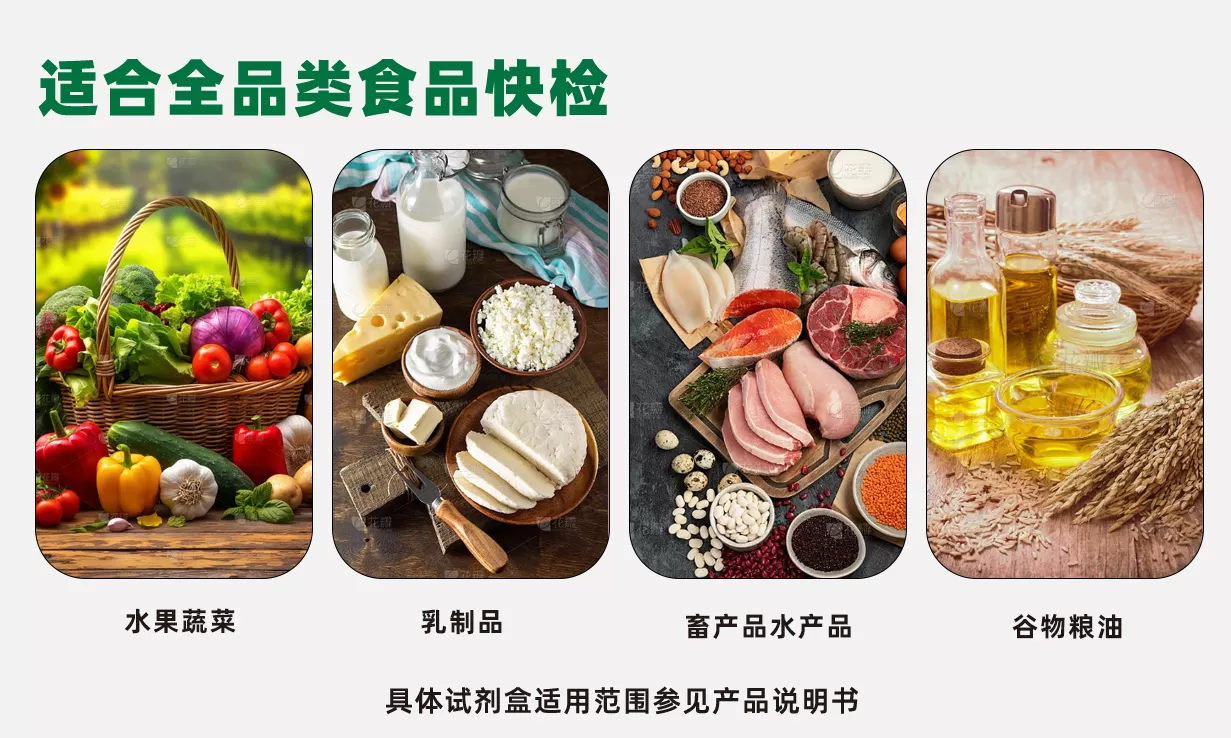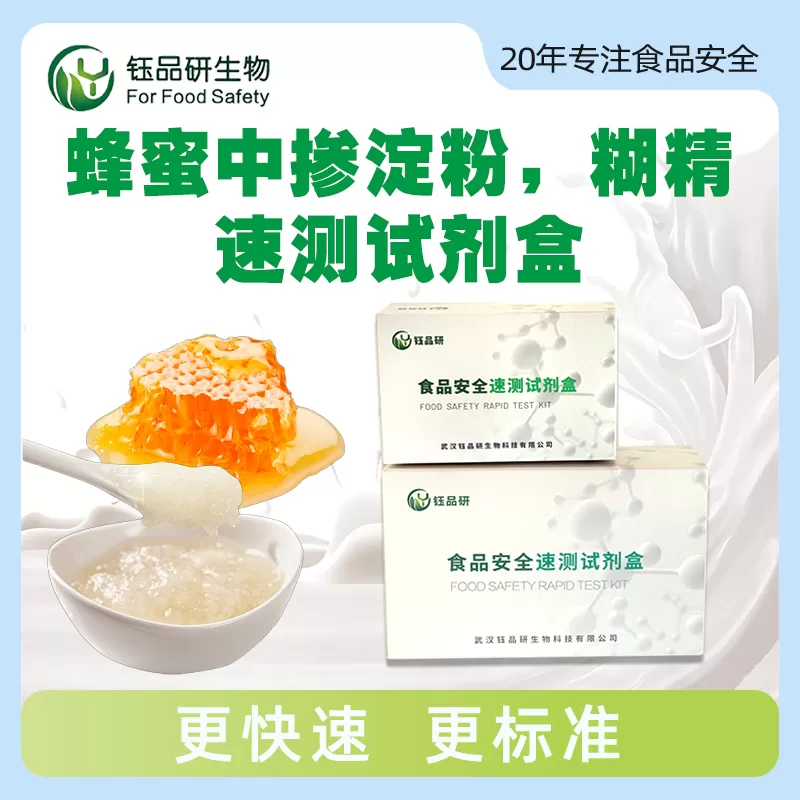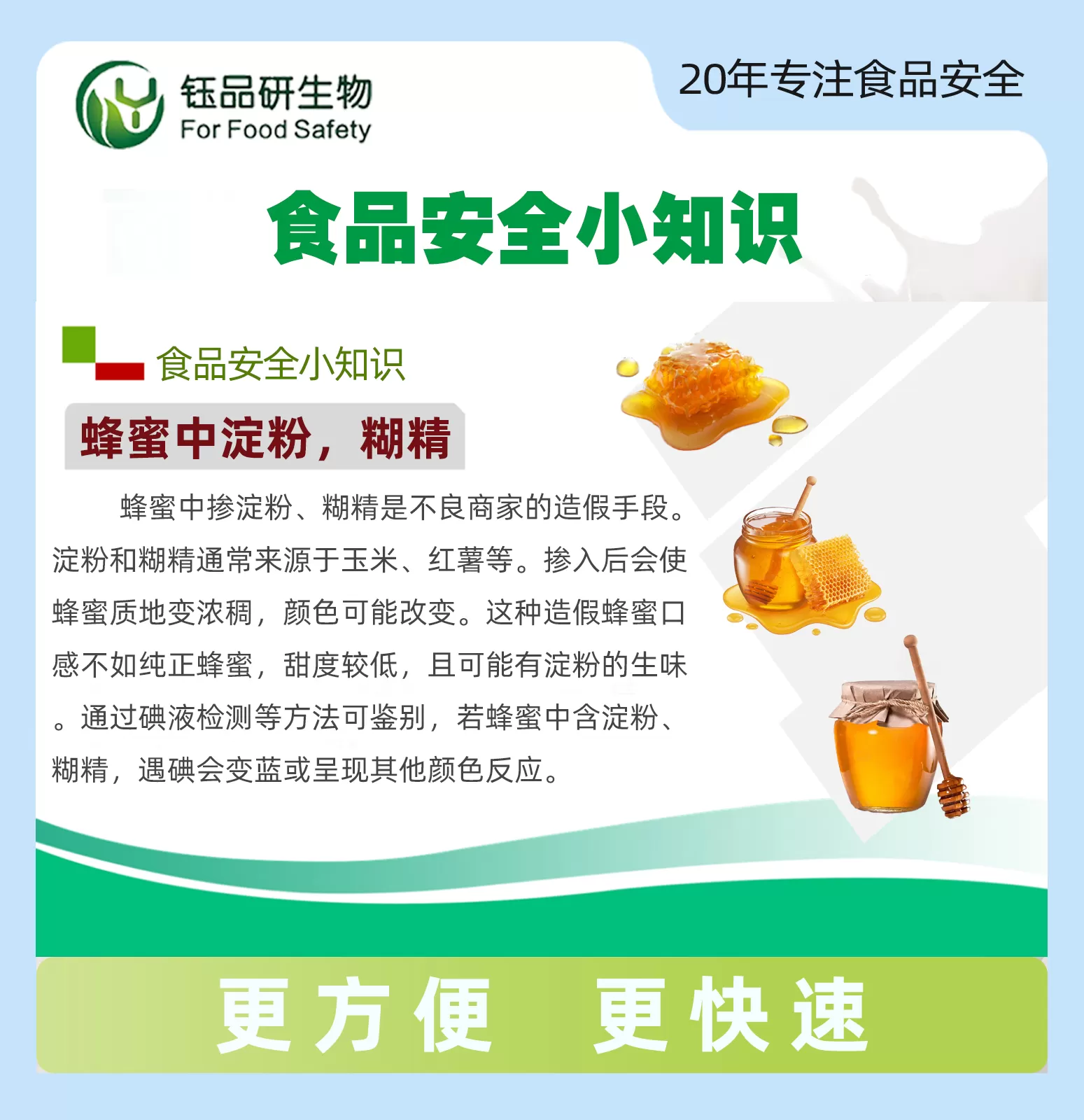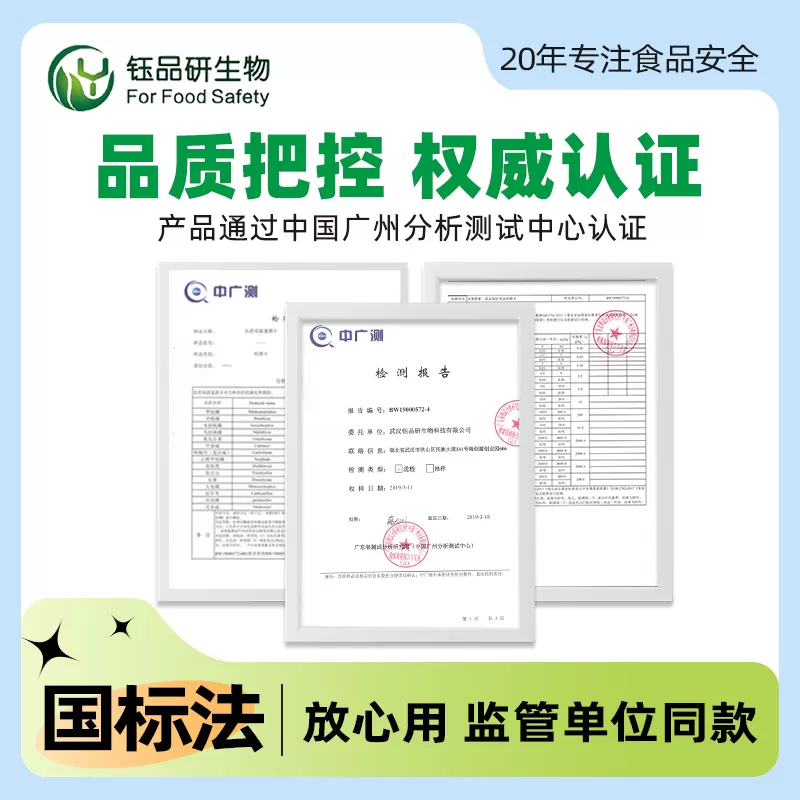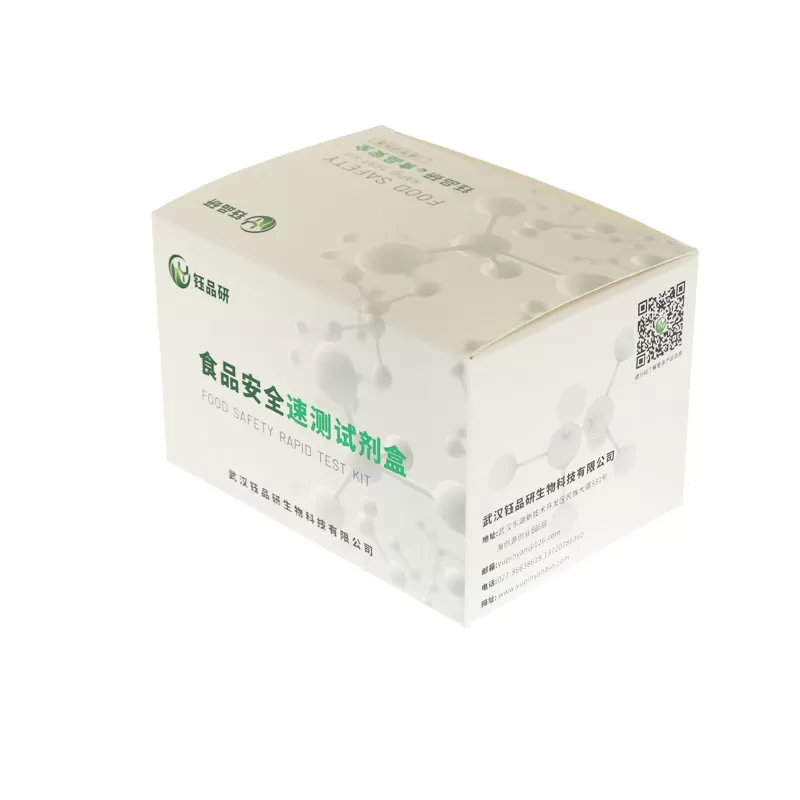Introduction
Fake honey, there are many starch, dextrin and sugar and other substances boiled after adding part of the honey. In natural honey, there are also a small amount of dextrin exists, but the method is generally not detected, and the dextrin or starch added to the fake honey is generally more. The test results of this method are obvious.
2 Detection Principle
Starch or dextrin in in honey reacts with the chromogenic agent to produce brown or purple or gray or blue compounds to determine whether the honey is doped with dextrin or starch.
3 Detection range
Honey
4 Technical indicators
Qualitative
5 Sample determination
Take a centrifuge tube, add about 1mL of honey sample, then add 3mL of purified water, shake to mix, drop 2 drops of reagent A, shake well, 5min after 20min to observe the color change of the test tube solution. The color of normal honey detection tube is yellow or light yellow. If the test tube solution becomes brown or purple or brown-purple, it can be determined that the sample contains dextrin; if the test solution becomes gray or gray-blue, or gray or gray-blue precipitation occurs, it can be determined that the sample contains starch. Its color deepens or precipitates with the increase of dextrin or starch content.
6 Precautions
6.1 The experimental water should be distilled water or purified water.
6.2 This product is only used for initial screening, and the final result is subject to the relevant national standard methods.
7 Storage conditions and valid period
Reagents are stored in a cool and dry place at 4-30 ° C, protected from light, and the valid period is 12 months.
8 Kit packing list
Specifications: 50 samples/box
Name
Quantity
Unit
Remarks
Reagent A
1
bottle
7 ml centrifuge tube
1
pack
Reusable after cleaning 117277984000.5ml straw
1
pack
Reusable after cleaning
Instructions
1
copies
